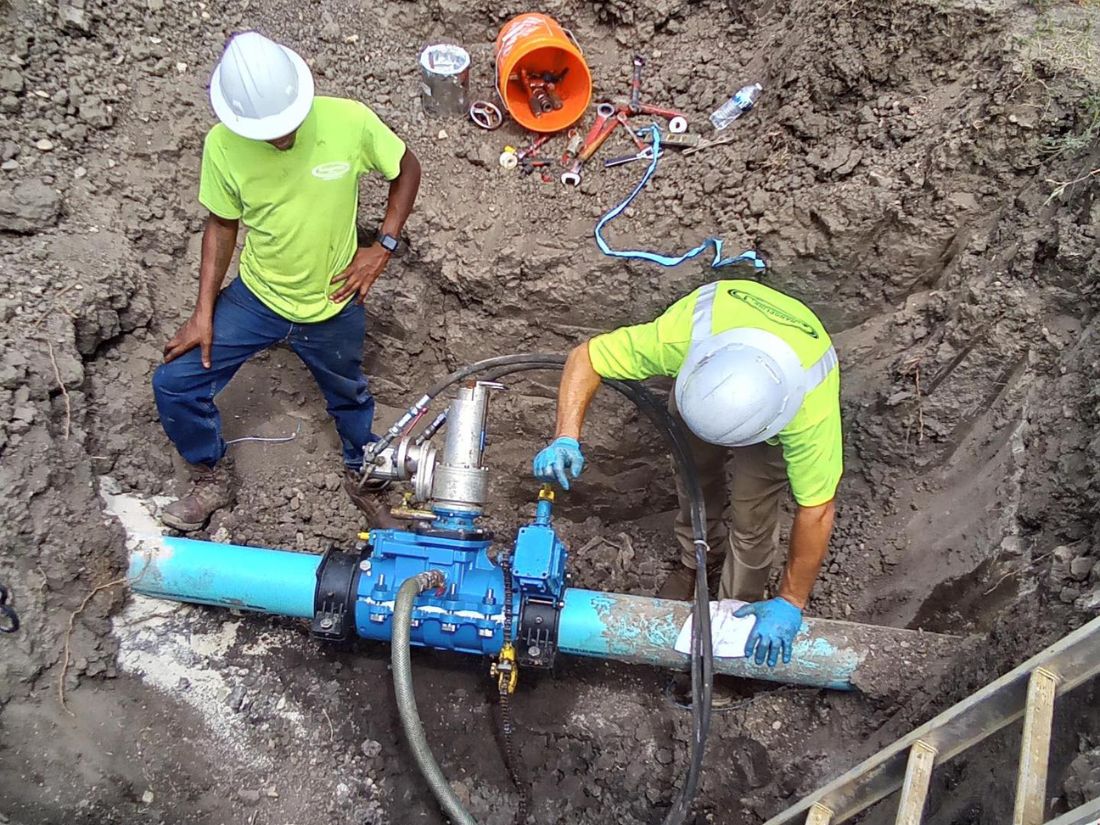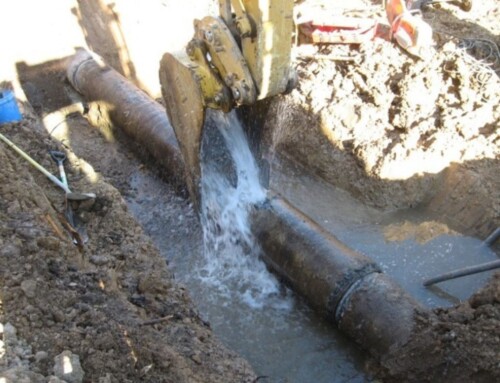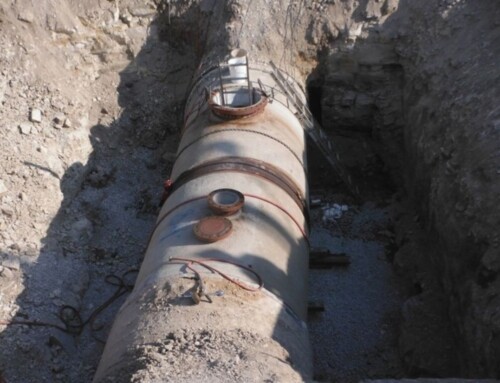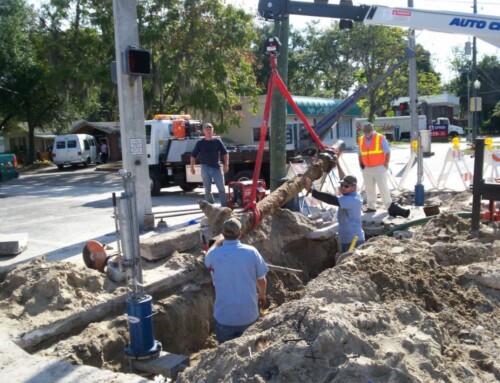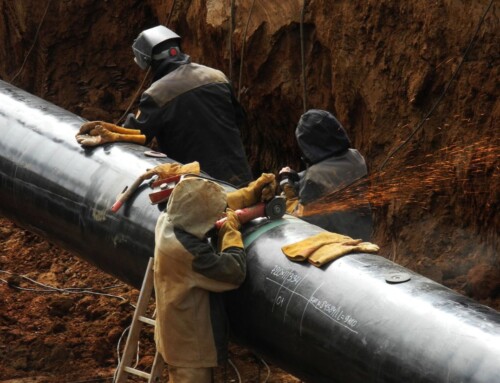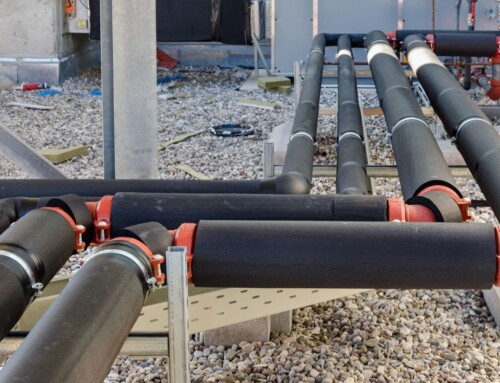Selecting the right pipe material is crucial for industrial operations and infrastructure projects. It’s worth noting, though, that each pipe material has its own strengths and limitations that can significantly influence every aspect of a pipeline. Here, we break down some of the most common pipe materials and discuss what to consider when choosing the perfect pipeline solution for your needs.
PVC: The Workhorse of Modern Pipelines
PVC has earned a respected place in the pantheon of modern pipe materials for several reasons. Its cost-effectiveness and resistance to corrosion make it an appealing choice for various applications. PVC pipes are lightweight, making them easy to handle and install, and their smooth interior surface offers excellent flow rates.
While this sounds great, PVC’s strength drastically diminishes with increased temperature, leading to potential issues with hot water systems. Additionally, despite its resistance to many chemicals, PVC can be vulnerable to certain solvents and oils. Its impact resistance is also a concern in applications where pipe integrity is at risk from external influences.
Steel: The Heavyweight of the Pipeline World
If you need some stronger material, steel pipes are renowned for their strength and durability. These qualities serve them well in applications where high pressure, heavy loads, or extreme environmental conditions are a factor. They can last a long time and withstand a wide range of temperatures, making them versatile for various process industries.
But steel is not without its limitations. One of the biggest drawbacks is its susceptibility to corrosion, which can necessitate regular maintenance and a significant increase in cost over the pipe’s lifecycle. Furthermore, steel pipes can be quite heavy, which adds complexity to installation and can require additional support structures.
Copper: Where Function Meets Form
Copper pipes are valued for their excellent heat and electrical conductivity, which makes them the material of choice for certain environmental systems and electrical grounding applications. They also boast a natural resistance to bacteria, an important consideration for potable water systems.
Though its performance is stellar, the cost of copper as a raw material can be a significant hurdle for adopting this solution. Additionally, due to the need for soldering and the requirement of a well-trained workforce, the installation complexity can further add to the overall project cost and timeline.
HDPE: The New Generation Pipe
Finally, HDPE pipes are relatively new but have quickly gained ground due to their flexibility and chemical resistance. They are a great choice for buried pipelines and other applications where movement, soil shifting, or other forms of stress are a concern. HDPE is also known for its long-term strength and ability to withstand chemical exposure.
However, HDPE isn’t invincible. It can be sensitive to certain chemicals, especially those at high temperatures, and UV degradation can affect its outdoor performance. Additionally, its flexibility may not be the best choice for high-pressure or high-temperature applications without appropriate engineering considerations.
Which To Choose
In the end, when evaluating pipe materials, you can see why weighing the benefits against the drawbacks is crucial. Since each material offers different properties, you must fully understand them to make the right choice. If you’d like professional assistance during this process, our team of process piping contractors can help you come to a decision that’s best for your pipeline.

